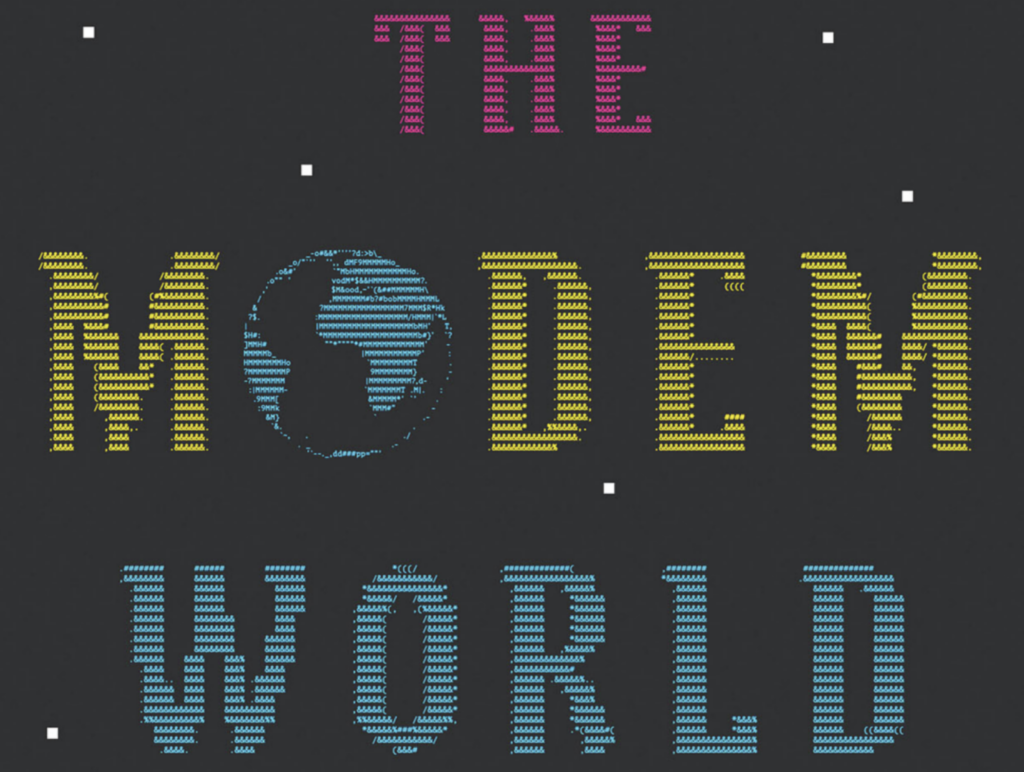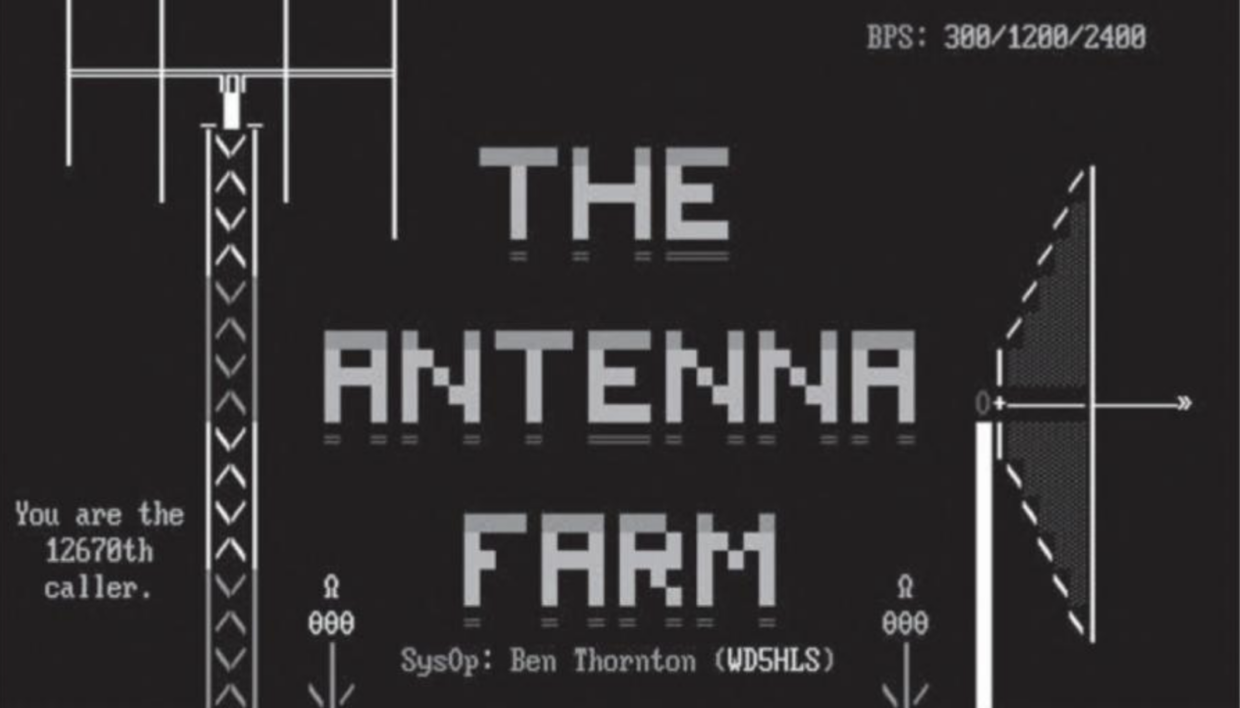Authored by Kevin Driscoll, assistant professor in the Department of Media Studies at the University of Virginia, The Modem World explores how the internet became social. Driscoll writes against the trope of best-known internet histories that tend to focus either on engineers who have built the tech or those who profited from them.
The prehistory of social media, Driscoll argues, “unfolded not in the office parks of Silicon Valley or the meeting rooms of military contractors or the labs of university researchers,” but from the “millions of hobbyists, volunteers, activists, and entrepreneurs” who created small-scale online systems to allow for social gathering.
The experimentation of the 1970s led to the creation of dial-up bulletin board systems (BBSs) in the 1980s, which then laid the groundwork for millions of people — from ham radio operators to HIV/AIDs activists — to enter the internet in the 1990s. This recovered internet history gives a peek into the world of the remarkable expressive flexibility that BBSs had, each representing an “idiosyncratic dream of what cyberspace could be.”
Why It Matters
In dispelling the founding mythologies of the internet, Driscoll points to how those fabricated facts are used by activists, critics, executives, and policymakers to advance arguments on issues related to technology and society such as censorship, national sovereignty, privacy, and net neutrality.
Driscoll’s core argument is that “as long as the modem world is excluded from the internet’s origin story, the everyday amateur will have no representation in debates over policy and technology, no opportunity to advocate for a different future.”
As platforms shirk accountability, we’re faced with claims that social media is making us stupid, intolerant, and depressed, and yet — that we are the responsible parties for desiring connectivity and for falling prey to the auspices of these platforms.

Driscoll offers us that the modem world embodied different business models than the ads on screens we see today. BBSs were sites of commercial experimentation as well as social experimentation, with some charging a fee for access, experimenting with tiered rates or member dues, and others forming nonprofits to pay the bills — not unlike Patreon accounts today.
The millions of people who voluntarily spent their time typing messages to strangers formed the backbone of the internet today, as well as the community building and information practices that we take for granted today. In other words, in Driscoll’s opinion, “true” connectivity was found and activated in the modem world, a communal aspect that hasn’t been embodied by “social” media companies.
One can, however, find glimpses of this urge for genuine connectivity in Web3 that Driscoll laments as being lost.
Decentralized autonomous organizations (DAOs) have grown in popularity, with communities coalescing around topics such as art collection, social justice, and even pure social interaction. Crypto art and NFT projects routinely emphasize the role of community in decision-making, decentralized operational models, and transparent funding guidelines, and the number of NFTs that are offered with both physical and experiential counterparts has grown. This highlights the need to connect in real life (IRL) and create tangible opportunities for engagement with the internet.
While the modem history has been recovered, the present and coming future should not be overlooked.

Cover of a special issue of Byte magazine dedicated to data communication, 1978. Image: Yale University Press
Three Notable Quotes
- “The history of the internet could be a thrilling tale inclusive of many thousands of networks, big and small, urban and rural, commercial and voluntary. Instead, it is repeatedly reduced to the story of the singular ARPANET.”
- “Platforms didn’t invent the social use of computer networks. Amateurs, activists, educators, students, and small business owners did. Silicon Valley turned their practices into a product, pumped it full of speculative capital, scaled it, and so far refuse to treat the lives we live through it with care.”
- “These stories remind us that many different internets have already existed. An internet after social media is still possible; the internet of today can still become something better, more just, equitable, and inclusive—a future worth fighting for.”
Praise
“Whether you’re reading this for a nostalgic romp or to understand the dawn of the internet, The Modem World will delight you with tales of BBS culture and shed light on how the decisions of the past shape our current networked world.” — danah boyd, author of It’s Complicated: The Social Lives of Networked Teens
“Everyone loves a good origin story, especially a forgotten one. The Modem World offers an overlooked history of the Internet—it’s full of insights into how we got here, and where we could have gone instead. Deeply empathetic and gently brilliant.” — Tarleton Gillespie, author of Custodians of the Internet



